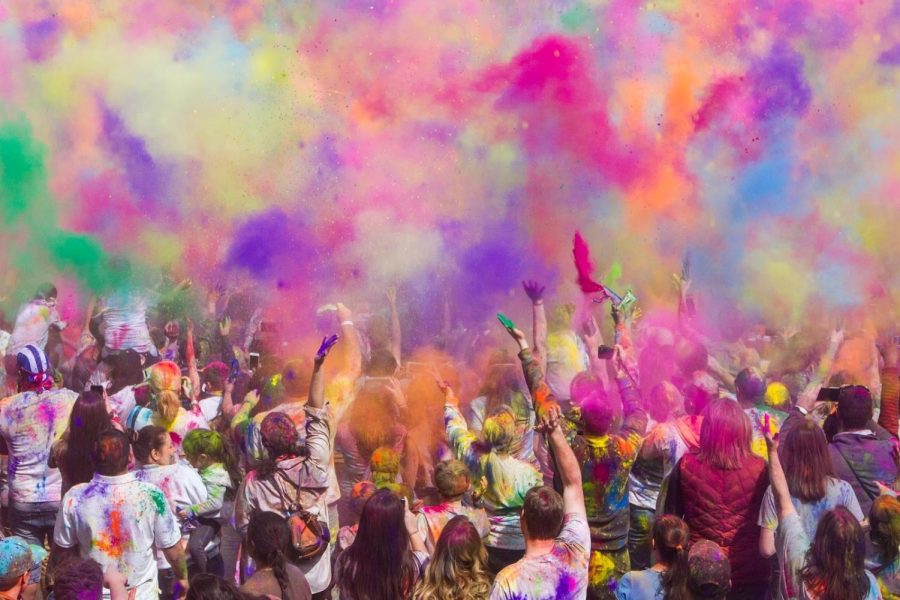The Festival of Colors: Holi
March 29, 2022
The Indian celebration of colors, also known as Holi, has just recently passed, on March 18, 2022. Despite the fact that it passed, most people have never heard of it. Holi is a Hindu festival that has a pretty long history. The main reason Holi is celebrated is because it was supposed to commemorate the triumph of virtue, also known as victory over evil. Another reason this Indian festival is celebrated is the passage of time from winter to spring. Despite its beginnings in South Asia, the Indian holiday of colors has gained worldwide prominence. It’s best to be aware that not everyone celebrates Holi, even including people from India themselves. As previously mentioned, Holi has spread throughout and has even spread to the United States and the United Kingdom.
Holi has been celebrated for centuries and over time it has undergone many changes. As more and more generations are being added, many have added stories and myths to this holiday as well. Its origins can be traced back to a monarch called Hiranyakashipu. Hiranyakashipu believed that he was eternal and deserved to be worshiped as a deity. But Prahlad was loyal to Vishnu, and as a result refused to regard his father as a deity. Since Hiranyakashipu was an evil person who did many wrongdoings in his life, after the last string, he was eventually killed by Vishnu. Vishnu had appeared in the shape of a half-lion, half-man, and this is part of the reason why Holi is a festival that commemorates the triumph of good over evil.
Another huge part of the traditions of Holi is the food. One of Holi traditional delicacies is gujiya (a delicious fried dumpling filled with dried fruits and thickened milk). From personal experience, this tastes fantastic. Most of these delicacies and food that are served, have their colossal tastes and smells, it’s also very colorful, just like Holi itself!


